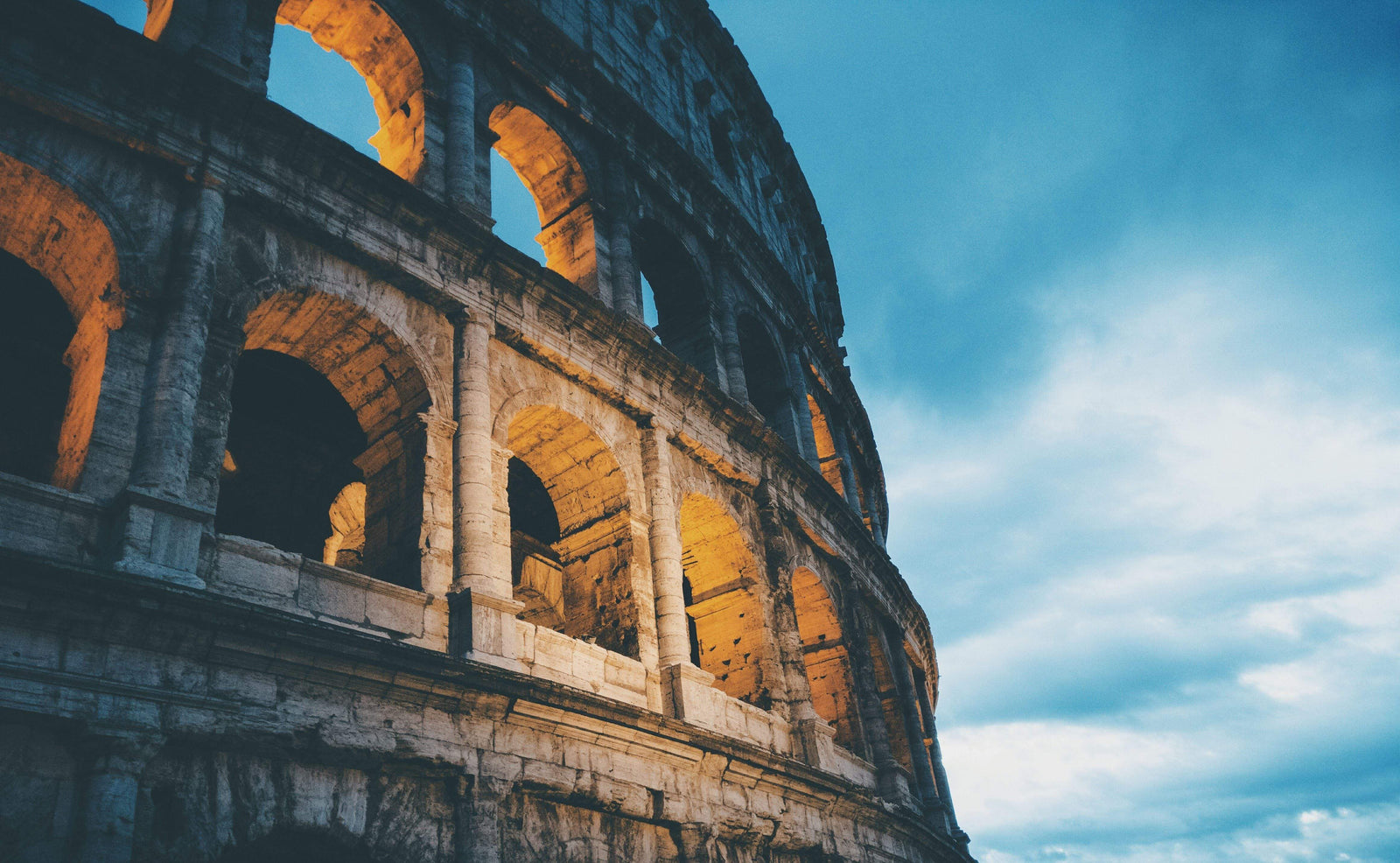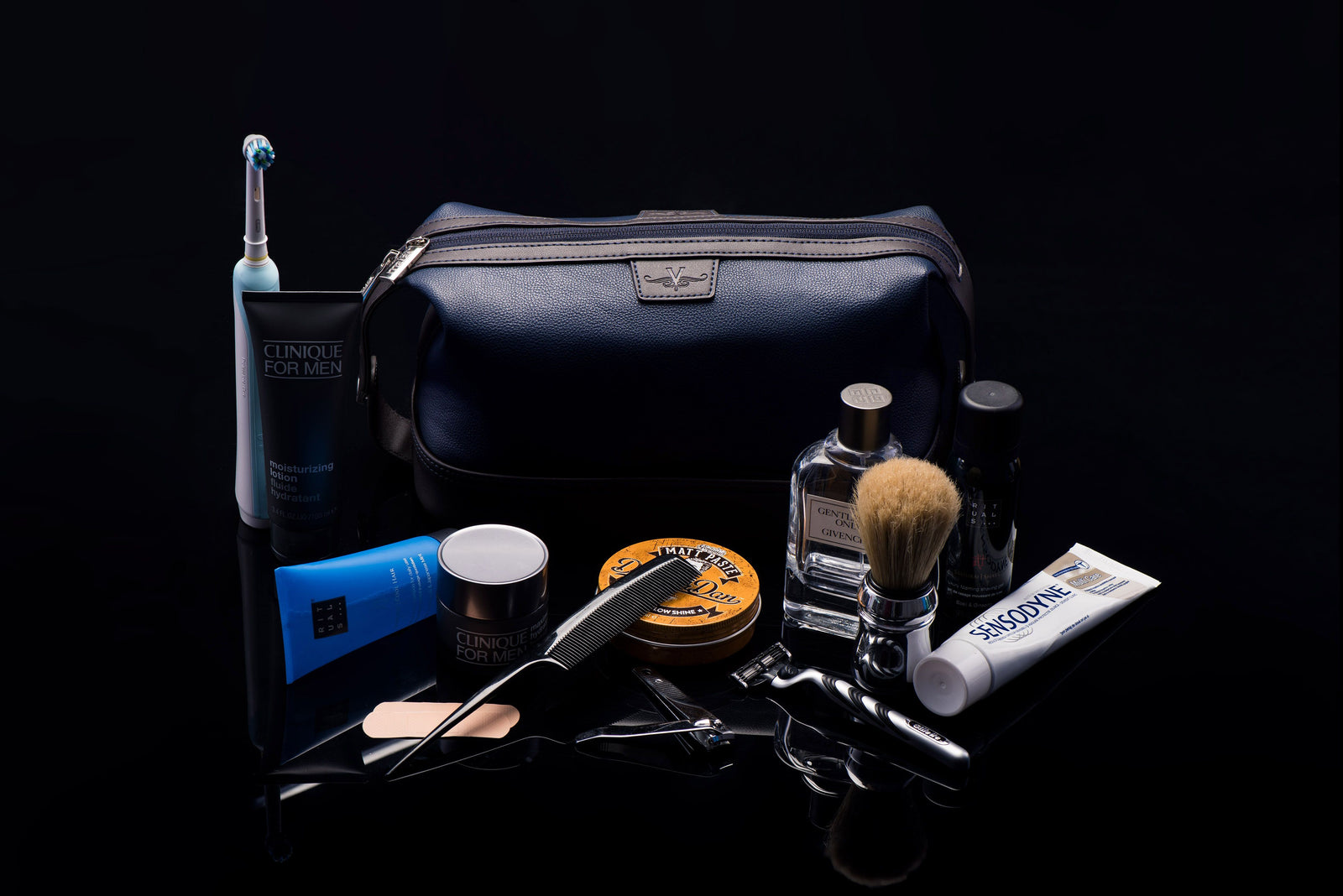Throughout history, Italy has been hailed for its
natural scenery,
exquisite art, and, of course,
delicious cuisine. In more recent times, this beautiful European nation has also served as the backdrop for Hollywood's most famous films, especially
The Godfather trilogy.
Whether you're in the small towns of Sicily, the canals of Venice, or the bustling streets of Rome, you won't have issues finding filming sites in Italy's most popular tourist draws. Let's go over a few essential tips to help you on your tour of Italy's finest filming destinations.
The Ultimate Godfather Tour Guide

"In Sicily, Women Are More Dangerous Than Shotguns:" The Godfather: Part II Locations
It doesn't get more Italian than
The Godfather. While the majority of these films were shot in the USA, a significant portion of
The Godfather: Part II took place in Corleone, Sicily, which was the birthplace of the film's Don Vito Corleone (Marlon Brando).
Many tourists who want to see
The Godfather filming locations make the mistake of traveling to the city of Corleone. Soon after arriving in Corleone, however, you'll discover that director Francis Ford Coppola actually used other Sicilian cities as his filming locations. Apparently, Corleone was far too industrialized in the 70s and didn't fit the film's historical era.
Luckily, the Sicilian town of Savoca—where most of the filming took place—is only a three-hour's drive from Corleone. Amazingly, Savoca's Bar Vitelli, where Michael Corleone learns the name of his future wife
Apollonia, is still open. Inside this bar you'll find memorabilia from that famous shoot, and on a terrace nearby you'll find a unique
statue dedicated to Coppola. The exact address of Bar Vitelli is Piazza Fossia, 7.
After the Bar Vitelli, the most popular
Godfather location in Savoca is the Church of Saint Lucia (Italian: Chiesa di Santa Lucia). As you might've already guessed, this is the church in which Michael and Apollonia were married. You can actually walk the same path from the church to Bar Vitelli as depicted in the movie.
If you have extra time, consider exploring the narrow streets of nearby Forza d'Argò. Although not as famous as Savoca, a few scenes in all three
Godfather films were filmed in this tiny village. The most recognizable
Godfatherattraction in Forza d'Argò is the main church, which is known as the Church of Santa Maria Assunta.
Oh, and don't forget to order a tangy
granita di limoni while in the Bar Vitelli! According to employees who were present at the shooting of
The Godfather: Part II, Coppola often ordered this refreshing
lemon drink often during filming.
For The Dedicated Film Fans: The Palermo Theatre
When most people say they are
Godfather fans, they typically only mean they like the first two films. Indeed, there are still many heated debates online over whether
The Godfather: Part III should even be considered a
Godfather film.
For those who want the full
Godfather experience, however, it's important to make a stop in the Sicilian city of Palermo. Here you'll find the grand Teatro Massimo, which was featured prominently in the tragic finale of
The Godfather: Part III.
Even if you have no interest in paying homage to the third
Godfather film, Palermo has many impressive architectural treasures well worth your time.
Three More Iconic Italian Filming Sites
For those who aren't traveling to Sicily (or who just don't care about
The Godfather) there are plenty of other filming destinations throughout Italy. Here are three fantastic locations to add to your Italian film journey.
A Night Time Swim In An Immortal Attraction: The Trevi Fountain

Even people who've never watched a Fellini film probably know the famous scene where Anita Ekberg and Marcello Mastroianni jump into Rome's
Trevi Fountain. Ever since the release of the film
La Dolce Vita, Trevi Fountain's popularity with tourists has become equal with the Vatican and the Colosseum.
As you could imagine, the Trevi Fountain isn't exactly a "hidden attraction." If you're in Rome for the first-time, however, you can't pass it by. Here are a few travel tips to help you have as enjoyable an experience at Trevi Fountain as possible:
- For your best chance of avoiding huge crowds, visit the Trevi Fountain early in the morning or late at night.
The Ultimate Truth Test: Touch The Bocca della Verità
Searching for a less crowded filming location while in Rome? Look no further than the massive circular sculpture known as the Mouth of Truth (Italian: Bocca della Verità).
Archeologists aren't exactly sure when or why this sculpture was made, but the best guess is that it was a manhole cover in Ancient Rome. This sculpture gained international fame in the 1950s when it was featured in the movie
Roman Holiday, which starred Gregory Peck and Audrey Hepburn.
If you've already seen the film, then you should know why this cover is called the "Mouth of Truth." According to legend, if you tell a lie while touching the Bocca della Verità, he will eat your hand. So, just be careful before snapping your selfies here!
You can find the Bocca della Verità in Rome's historic Jewish Quarter.
Cruising Like 007 On The Venetian Canals

Along with Rome, one of the most popular Italian cities for tourists is Venice. Sometimes called the "City of Canals," this magical city has been the setting for many fabulous films, including a few
James Bond flicks.
Sean Connery visited here in
From Russia With Love and Roger Moore in
Moonraker, but modern filmgoers probably recall the prominent role Venice played in 2006's
Casino Royale. Indeed, you could actually stay in one building that was destroyed in the movie: the Lion Morosini Palace.
Yeah, in case you were wondering, it was only CGI that destroyed this hotel on the Gran Canal!
Check Out Italy's Filming Sites On Your Next Trip
From Sicily all the way up to Venice, there are dozens of famous filming locations in
La Bella Italia. No matter where you're planning your next Italian voyage, be sure to check out popular filming destinations in the area. Taking a few hours to snap some selfies in these famous locations is a great way to enhance your voyage through Italy.





